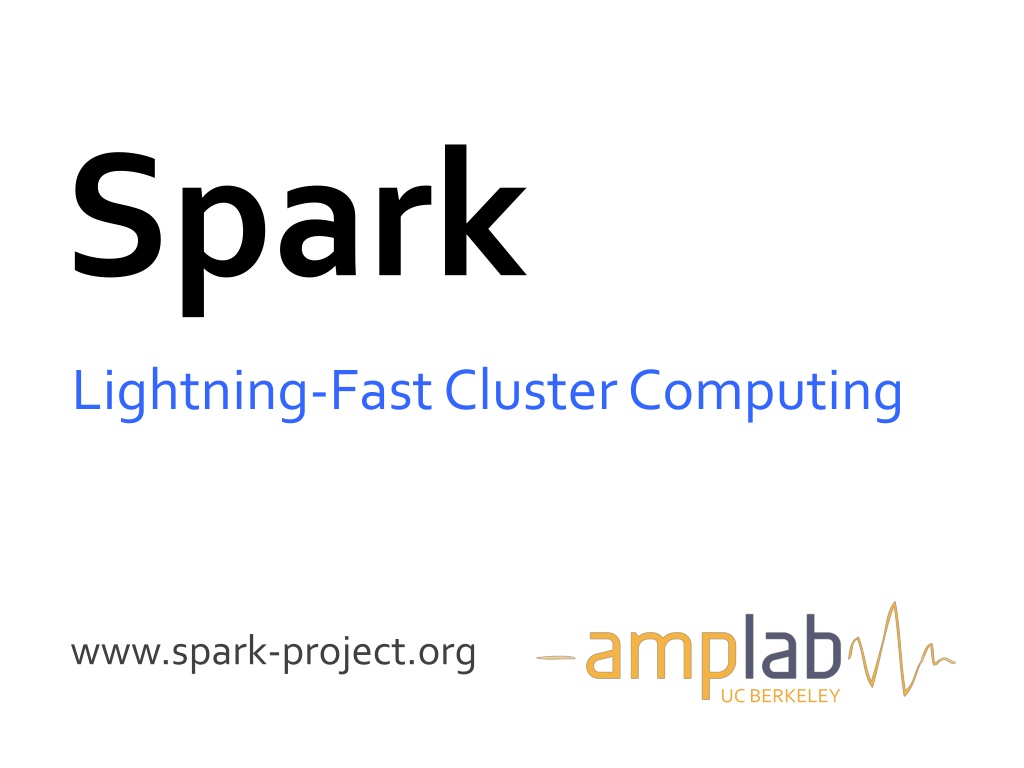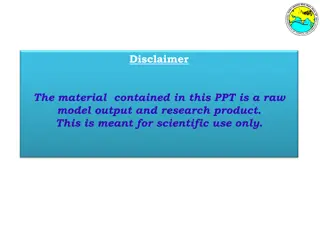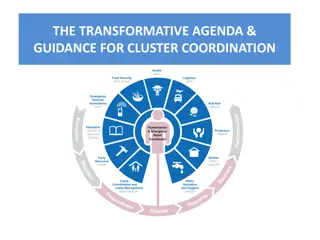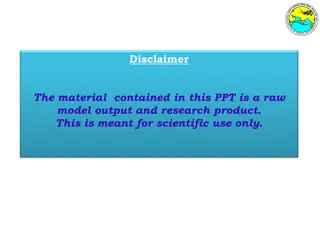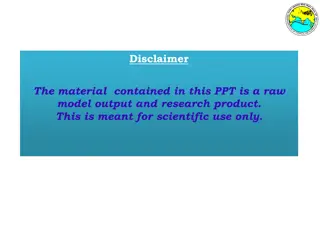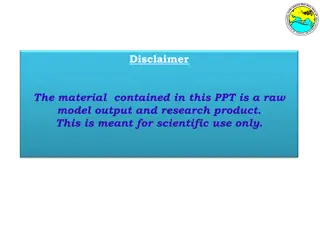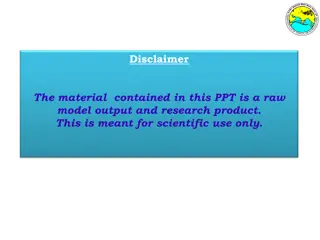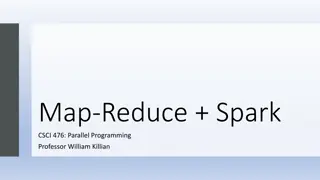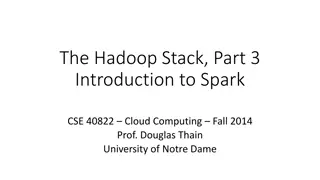Introduction to Spark: Lightning-Fast Cluster Computing
Spark is a parallel computing system developed at UC Berkeley that aims to provide lightning-fast cluster computing capabilities. It offers a high-level API in Scala and supports in-memory execution, making it efficient for data analytics tasks. With a focus on scalability and ease of deployment, Spark has become popular among users for its performance and versatility in handling big data workloads. The project goals include designing a next-gen data analytics stack and providing a substrate for even higher APIs like SQL and Pregel. Running Spark locally or on EC2 is made easy, and programming concepts such as SparkContext and Resilient Distributed Datasets (RDDs) are key to understanding its functionalities.
Uploaded on Oct 09, 2024 | 0 Views
Download Presentation

Please find below an Image/Link to download the presentation.
The content on the website is provided AS IS for your information and personal use only. It may not be sold, licensed, or shared on other websites without obtaining consent from the author. Download presentation by click this link. If you encounter any issues during the download, it is possible that the publisher has removed the file from their server.
E N D
Presentation Transcript
Spark Lightning-Fast Cluster Computing www.spark-project.org UC BERKELEY
This Meetup 1. Project history and plans 2. Spark tutorial Running locally and on EC2 Interactive shell Standalone jobs 3. Spark at Quantifind
Project Goals AMP Lab: design next-gen data analytics stack By scaling up Algorithms, Machines and People Mesos: cluster manager Make it easy to write and deploy distributed apps Spark: parallel computing system General and efficient computing model supporting in-memory execution High-level API in Scala language Substrate for even higher APIs (SQL, Pregel, )
Where Were Going Shark (Hive on Spark) Bagel (Pregel on Spark) Streaming Spark Hadoop MPI Spark Debug Tools Mesos Private Cluster Amazon EC2
Project Stats Core classes: 8,700 LOC Interpreter: 3,300 LOC Examples: 1,300 LOC Tests: 1,100 LOC Total: 15,000 LOC
Getting Spark Requirements: Java 6+, Scala 2.9.1 git clone git://github.com/mesos/spark.git cd spark sbt/sbt compile Wiki data: tinyurl.com/wikisample These slides: tinyurl.com/sum-talk
Running Locally # run one of the example jobs: ./run spark.examples.SparkPi local # launch the interpreter: ./spark-shell
Running on EC2 git clone git://github.com/apache/mesos.git cd mesos/ec2 ./mesos-ec2 -k keypair i id_rsa.pem s slaves \ [launch|stop|start|destroy] clusterName Details: tinyurl.com/mesos-ec2
Programming Concepts SparkContext: entry point to Spark functions Resilient distributed datasets (RDDs): Immutable, distributed collections of objects Can be cached in memory for fast reuse Operations on RDDs: Transformations: define a new RDD (map, join, ) Actions: return or output a result (count, save, )
Creating a SparkContext import spark.SparkContext import spark.SparkContext._ val sc = new SparkContext( master , jobName ) // Master can be: // local run locally with 1 thread // local[K] run locally with K threads // mesos://master@host:port
Creating RDDs // turn a Scala collection into an RDD sc.parallelize(List(1, 2, 3)) // text file from local FS, HDFS, S3, etc sc.textFile( file.txt ) sc.textFile( directory/*.txt ) sc.textFile( hdfs://namenode:9000/path/file ) // general Hadoop InputFormat: sc.hadoopFile(keyCls, valCls, inputFmt, conf)
RDD Operations map filter sample groupByKey reduceByKey cogroup flatMap union join cross mapValues ... Transformations (define a new RDD) collect reduce take fold count Actions saveAsHadoopFile saveAsTextFile ... (output a result) Persistence (keep RDD in RAM) cache
Standalone Jobs Without Maven: package Spark into a jar sbt/sbt assembly # use core/target/spark-core-assembly-*.jar With Maven: sbt/sbt publish-local # add dep. on org.spark-project / spark-core
Standalone Jobs Configure Spark s install location and your job s classpath as environment variables: export SPARK_HOME=... export SPARK_CLASSPATH=... Or pass extra args to SparkContext: new SparkContext(master, name, sparkHome, jarList)
Where to Go From Here Programming guide: www.spark- project.org/documentation.html Example programs: examples/src/main/scala RDD ops: RDD.scala, PairRDDFunctions.scala
Next Meetup Thursday, Feb 23rd at 6:30 PM Conviva, Inc 2 Waters Park Drive San Mateo, CA 94403
